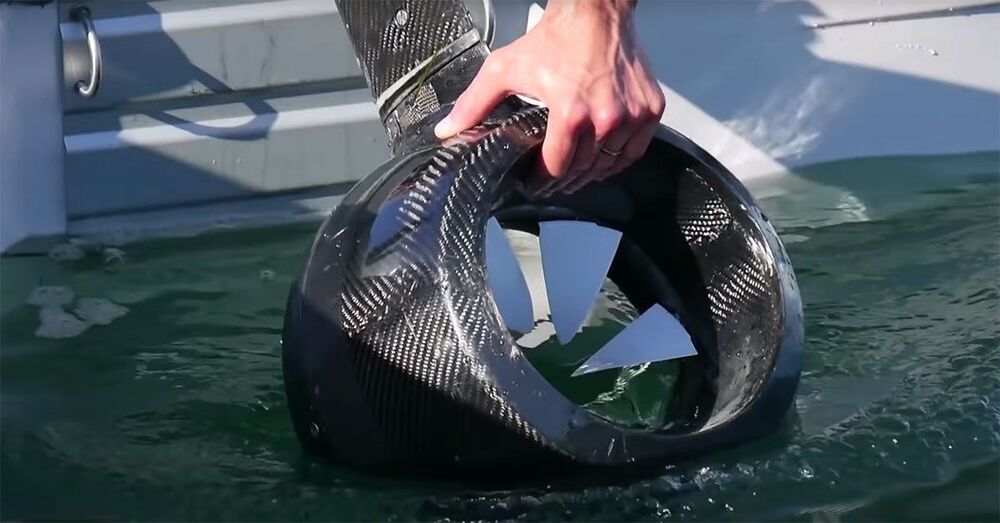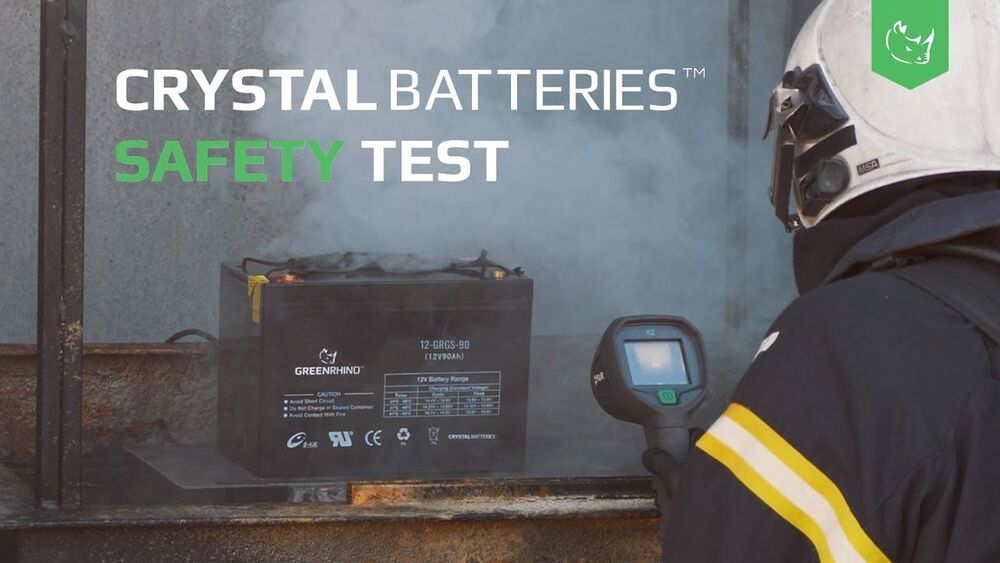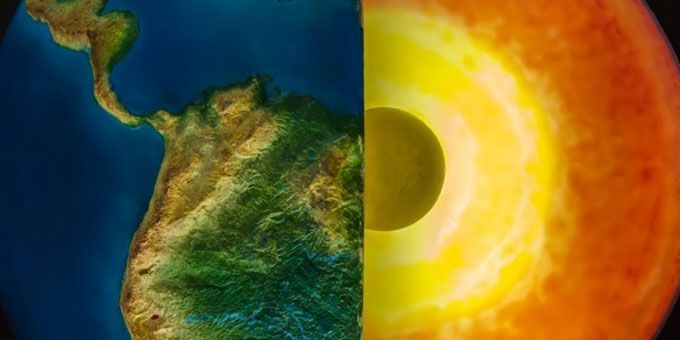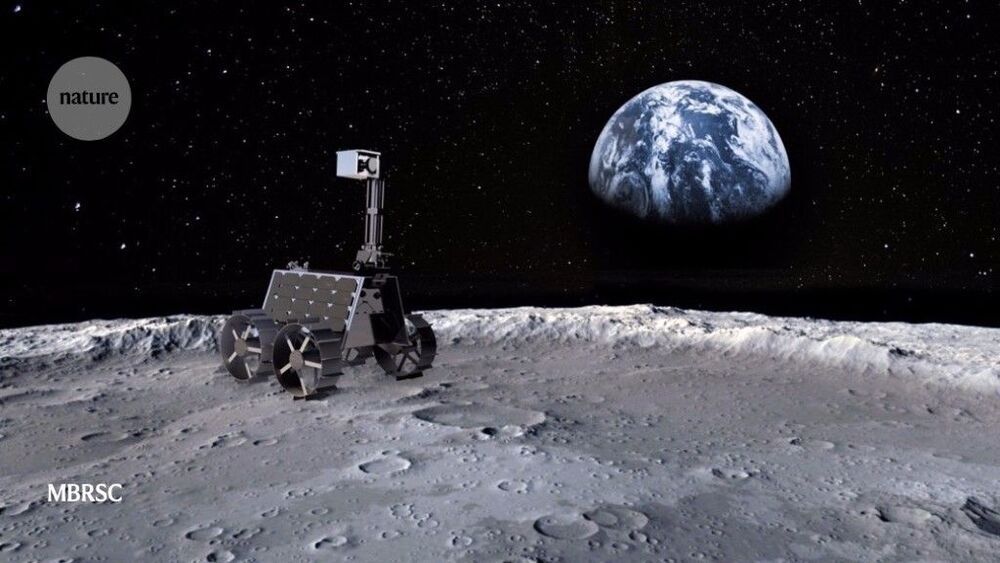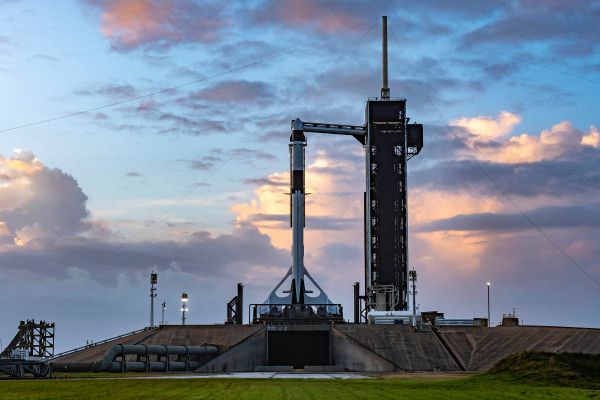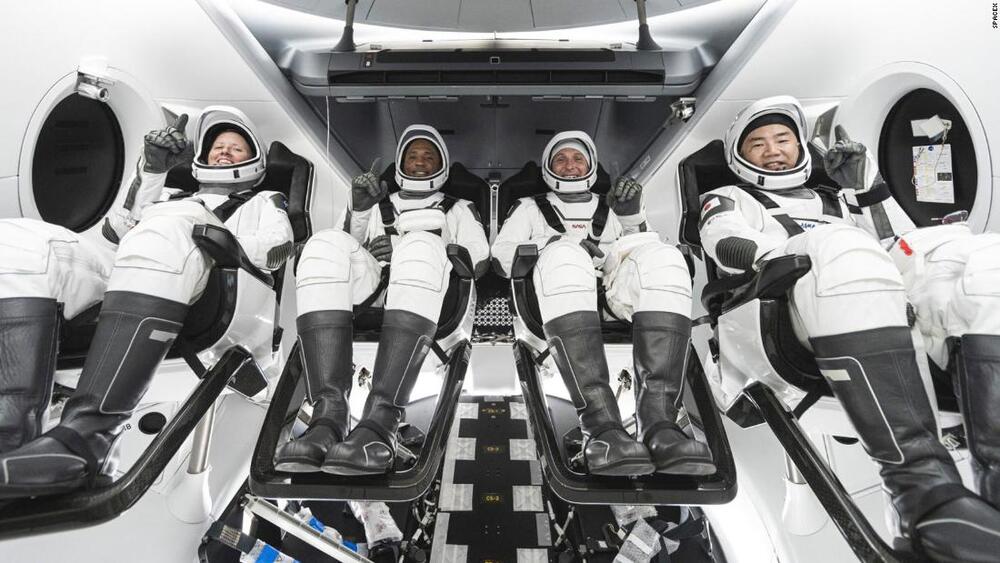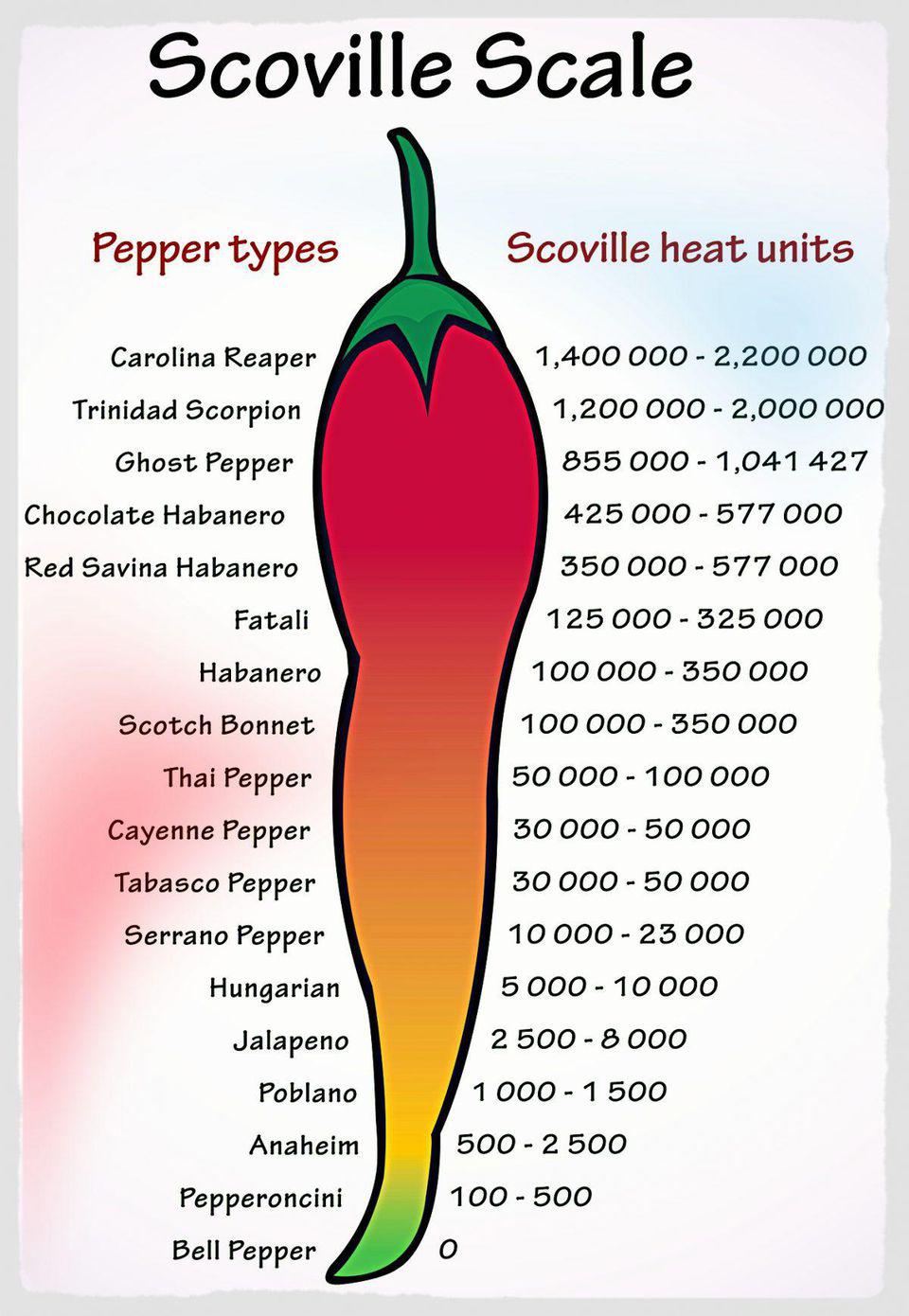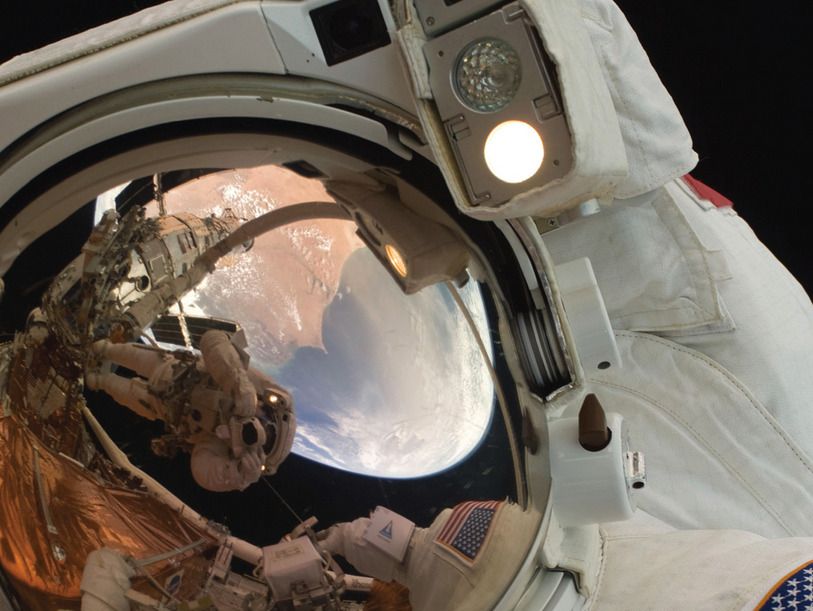Nov 15, 2020
Hy-Generation Unveils a Self-Adjusting Electric Boat Propeller Without an Axis
Posted by Quinn Sena in categories: energy, engineering
french start-up hy-generation has unveiled a new type of electric thruster, equipped with patented self-adjusting blades that improve the performance (thrust and speed) and autonomy of ships. dubbed the electro propulsion PM5kW, this top class electric thruster has been designed essentially for OEM and electric project conversion, suitable for licenseless navigation.
developed to meet the need for expertise and engineering on technologies that profoundly change the energy landscape: fuel cells and hydrogen, hy-generation integrates the latest practices in permanent magnet electric motors with the patented self-adjustable blade system to set a new standard in terms of performance and efficiency. after two years of development, the technology has been refined to be adapted to slow, high displacement boats.
